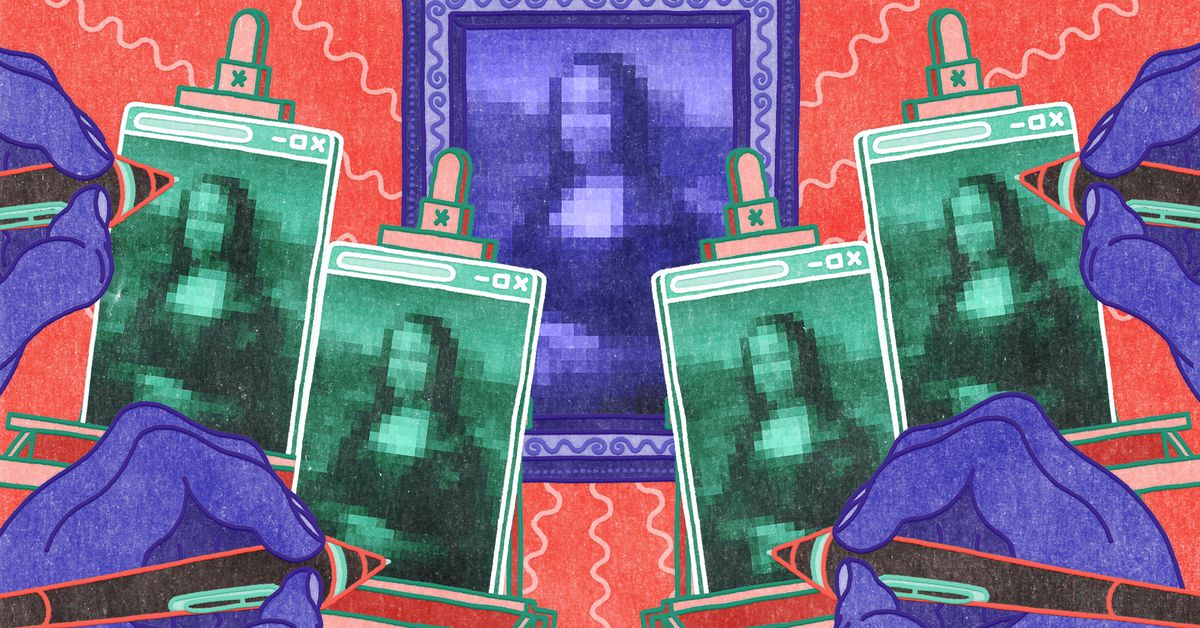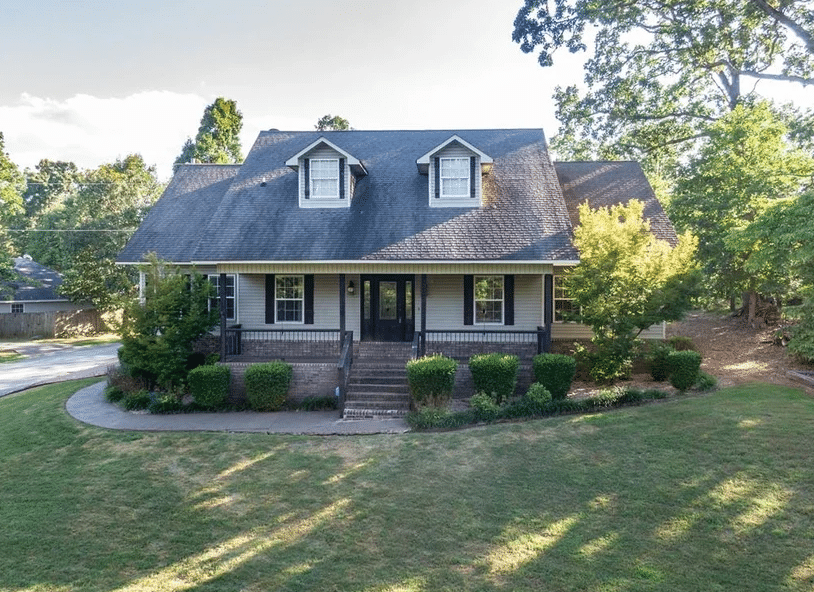We all grew up perceiving, feeling, and rejoicing in the materialistic aspect of physical objects. But the surreal rise of non-fungible tokens (in 2021) gives utmost significance to digital-only representations in this already hyperreal world. If we tokenize an artwork, for instance, the digital copy will look original and authentic than the artwork itself.
In many ways, the NFTs add fuel to an already burning desire for hyperreality. In this blog post, let’s see how!
Contextual Note
Hyperreality is a state where (we would say) people’s minds struggle to distinguish reality from a simulation of reality. But wait – hyperreality was a brewing topic even before the NFTs came into existence. We aren’t going to exaggerate things. Relax!
However, NFTs will be the sole reason if the material-friendly world loses its competitive edge over hyperreality (in near future). Do you wonder – what accounts for that? We, as a human community, started prioritizing digital things over real-world things. The ongoing pandemic has upended our lives and hastens the digital transformation. From a commercial perspective, many businesses are vying to enter the NFT world. Recent attempts include Guardian Link’s NFT launchpad, Polygon Studios’ digital work, etc., in this relatively new NFT world.
A simple analogy
A good analogy is a real estate. An NFT is similar to a house deed. A deed is not the house itself, but rather a record of who owns it. Similarly, an NFT is an electronic record that represents ownership of a digital asset, not the asset itself. That said, and this is a critical point, owning an NFT does not imply that you own the asset that underpins the NFT.
When you purchase a home, you must record your deed in a county clerk’s office index. We have faith in the clerk’s ability to keep accurate records. The transaction of purchasing an NFT is recorded on the blockchain. We have faith in the blockchain because it is a distributed ledger with immutable entries and billions of dollars riding on it.
Virtualize and Tokenize anything!
What would you answer if someone questioned you about the future of digital content? If you think NFTs is a passing craze, you’re missing out on their usefulness to content providers.
We’re already seeing the need for pre-built tools to enhance the artist-to-fan relationships in the NFT community. Guardian Link’s no-code NFT launchpad is one such tool that simplifies the NFT dream for many creators and collectors/fans out there.
Beyond ad income and subscription models, NFTs give content creators yet another method to monetize their work. What’s even better? NFTs provide fans with more than just entertainment; they also provide investment opportunities, bragging rights, special souvenirs, and other benefits.
Conclusion
The hyperreal ecosystem has reached mainstream culture. This point takes on new significance considering the next digital fad – the NFTs – are equally comfortable living online.






